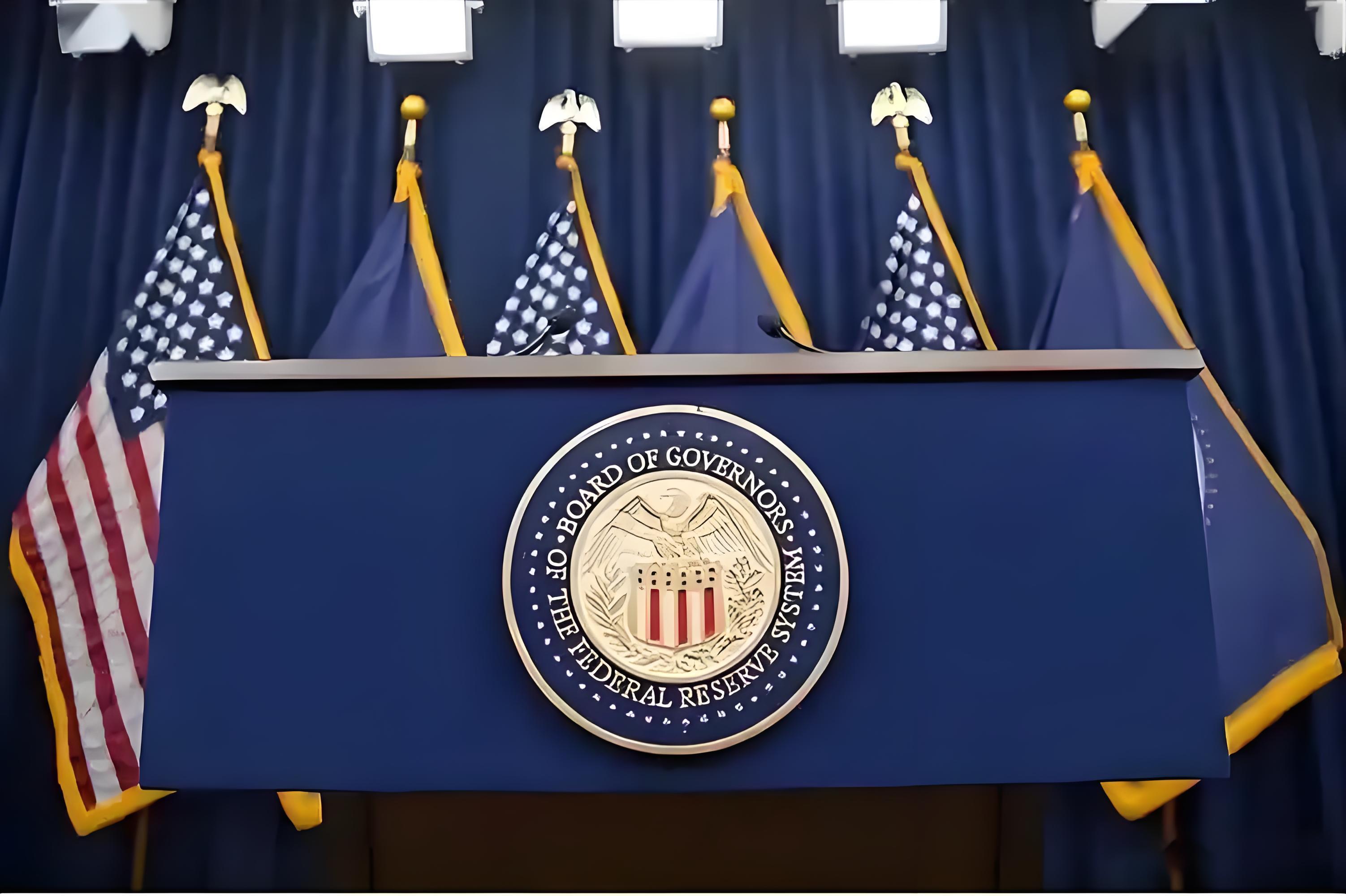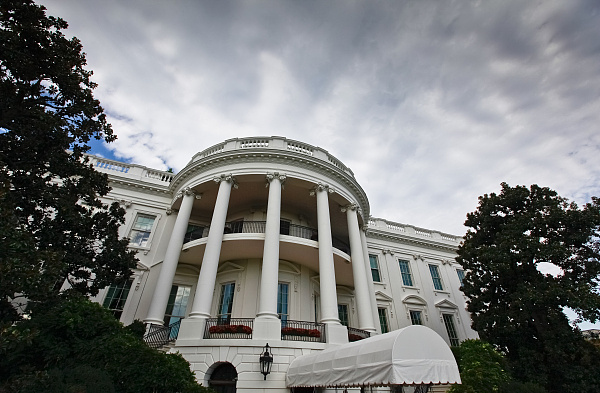
The minutes of the Federal Reserve's September meeting, released on October 8, revealed the internal game dynamics during the transition period of U.S. monetary policy. Although officials launched the first 25-basis-point interest rate cut of the year with an almost unanimous stance, lowering the target range of the federal funds rate to 4.00%-4.25%, differences between the "two-cut camp" and the "three-cut camp" have become apparent regarding the interest rate cut path for the remaining months. This debate over interest rate adjustments essentially epitomizes the policy choices facing the U.S. economy amid the dual pressures of weak employment and sticky inflation.
The meeting minutes clearly showed the division within the Federal Reserve. Among the 19 participating officials, the camp supporting a total of three interest rate cuts this year (including the one already implemented in September) stood in opposition to the camp advocating for only two cuts. After excluding the aggressive rate-cut proposal put forward by newly appointed Governor Stephen Milan, the positions of the two sides were nearly evenly matched. In the end, a narrow majority of 10-9 approved the tentative judgment of "possibly two more cuts within the year," but this result did not resolve the differences. The division was concretely reflected in the voting process: 12 voting members passed the 25-basis-point rate cut plan with a 11-1 vote. The only dissenting vote came from Milan, who, having just taken office, advocated for a one-time 50-basis-point rate cut to address employment risks. More notably, some officials expressed reservations about the September rate cut itself, arguing that "maintaining the current interest rate level is also reasonable" because they judged that the labor market had not yet experienced a sharp deterioration. This multi-level division has shattered the market's consistent expectations for the Fed's policy shift.
Despite uncertainties about the path, the consensus on interest rate cuts is based on clear signals of weakness in the labor market. The meeting minutes repeatedly mentioned that "downside risks in the labor market have increased significantly," and this judgment has become the core basis for most officials to support policy easing. As a key pillar of U.S. consumption and economic vitality, subtle changes in the labor market have always been a barometer for the Federal Reserve's policy adjustments. From the perspective of actual data, indicators such as the slowdown in non-farm payroll growth and the decline in job vacancies released earlier have made policymakers aware of the rising downside risks to the economy. Most participants believed that adjusting interest rates toward a "neutral level" is a necessary measure to address uncertainties in the labor market, marking a shift in the Fed's policy logic from "prioritizing inflation control" to "balancing risks." Behind this shift lies a cautious prediction of the weakening momentum of economic growth.
The root cause of the division lies in differing perceptions of inflation risks and policy effects. Officials in the "cautious camp" emphasized that there are still upside risks to the inflation outlook. Uncertainties in tariff policies may cause prices to deviate from the 2% target range, and the current monetary policy is "not necessarily highly restrictive." Excessive easing may plant hidden risks. Such concerns are not unfounded, as the recent fluctuations in core inflation data have confirmed the stickiness of inflation. On the other hand, the "dovish camp" (advocating for easing) focuses more on downward economic pressure, believing that the risk of deterioration in the labor market far outweighs short-term inflation fluctuations, and advocates for more proactive policies to prevent a recession. Although Milan's aggressive proposal is in the minority, it reflects concerns about "policy lag" — if action is taken only after clear signs of a recession emerge, the effectiveness of the policy will be greatly reduced. Behind this game is the Federal Reserve's implicit worry about the risk of "quasi-stagflation." As pointed out in a research report by CICC, the current crux of the U.S. economy lies on the supply side, and excessive easing may exacerbate inflationary pressures.
To make matters worse, the ongoing U.S. federal government shutdown has plunged the Federal Reserve into a "data vacuum" dilemma. Since October 1, key economic data such as non-farm employment and CPI have been suspended from release. Before the next interest rate meeting scheduled for October 28-29, policymakers may not have access to official data support. An analysis by TF Securities pointed out that this "data black box" will increase the risk of policy miscalculations and may also give the dovish camp more say, pushing for another rate cut in October. The market has already priced in policy expectations in advance: currently, the futures market has fully priced in a rate cut in October, and the probability of a rate cut in December is as high as 90%. However, this expectation contrasts with the internal differences of the Federal Reserve. If the lack of subsequent data leads to policy hesitation, it may trigger market volatility. In addition, the continuous pressure from the Trump administration for interest rate cuts has also posed a test to the independence of the Federal Reserve. Minsheng Securities pointed out that under the pressure of debt interest payments, the White House may continue to push for more substantial easing measures.
The Federal Reserve's division on interest rate cuts essentially reflects the concentrated contradictions in the U.S. economic transition period. The dilemma of balancing weak employment and sticky inflation, coupled with the external constraints of data shortages and political pressure, has made the monetary policy path full of uncertainties. In the short term, whether the October meeting will continue the easing trend will be the focus of the market. In the long run, against the backdrop of de-globalization and supply shocks, how the Federal Reserve balances stable growth and inflation control will have a profound impact on global capital flows and the economic pattern. The direction of this policy game deserves the close attention of every market participant.

Below is the English translation of the text, with precise handling of political terms, consistent sentence structures, and preservation of the original’s analytical tone and logical flow:
Below is the English translation of the text, with precise …
On December 15 local time, Trump took the British Broadcast…
In recent years, the application of artificial intelligence…
According to Yahoo US media reports, the recent remarks of …
After 11 years of waiting in the deep sea, we finally have …
On December 17, 2025, the newly renovated American "Preside…